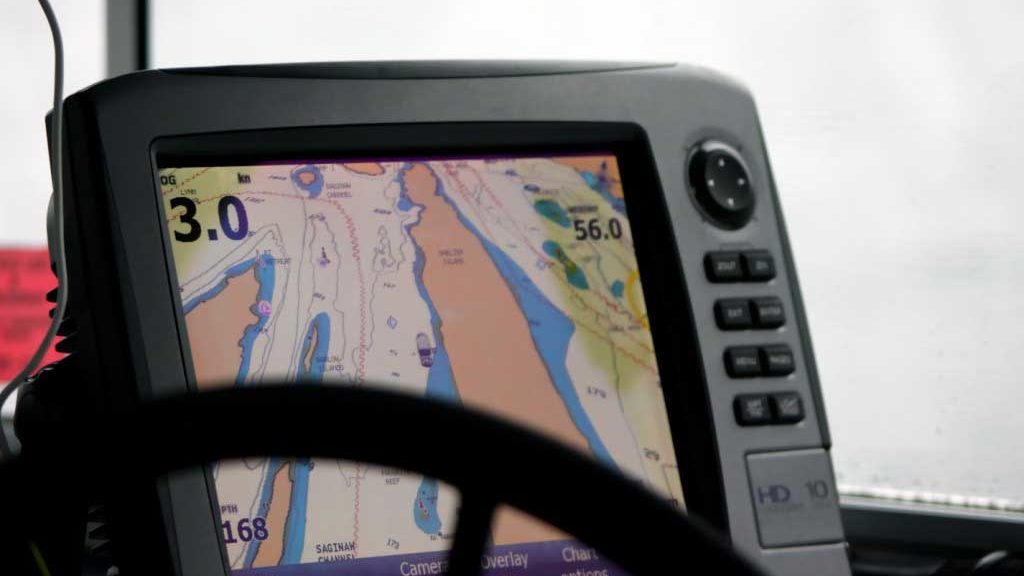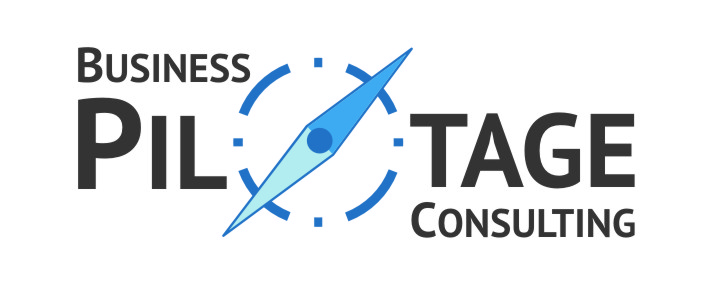Digitalisation in Marketing: 7 Tips for SME (and Everyone Else)

Digitalisation and automation in marketing, sales, and business development confront the internal teams of companies with problems – especially when projects are launched to implement such measures on top of the ever-smaller teams’ “day jobs”. Many SMEs and other organisations have neither quantitatively nor qualitatively sufficient resources, but dread the costs and risks of hiring experienced marketing and project leaders at upper management level. Other companies have downsized their marketing efforts and teams in the recent economic crisis, and now hesitate to rebuild them.
So how can you succeed?
In my experience, these 7 steps are essential for SMEs – and everyone else:
1. Ensure top management leads the way
Let’s face it: Digitalisation brings change, and change is usually not to everyone’s liking. If the top management of the organisation sees the advantages and backs your project, it will not just be easier to get funding, but also to get acceptance. It is important that the top management not just demands change, but embraces change, which leads straight to step 2:
2. Set clear goals with measurable KPIs
Digitalisation makes the measuring of success and ROI a breeze compared to traditional marketing and business development activities – but only if you have clearly defined your goals first. Set SMART (specific, measurable, achievable, realistic, time-bound) objectives and ensure these are integrated in the KPI-reporting for top management, e.g. demand generation, cycle time, conversion, cost per lead/order, customer value, etc.
3. Involve internal stakeholders
The IT department certainly is the most important partner for planning and implementing digitalisation, but be sure to clarify the business needs with the teams involved in all the related processes: sales and sales operations, business development, customer support, product owners, legal (yes, data privacy protection and ecommerce laws must not be underestimated), finance, delivery/operations, HR (especially when your digital strategy involves social media), etc. Luckily, in small and mid-size organisations, the number of internal stakeholders is manageable and responsibilities are pretty straightforward…
4. Put process before technology
There’s a vast choice of tools and technology providers out there. One can easily risk to spend a fortune on state-of-the-art technology that will never be fully used – or worse: have to be replaced too quickly. Define the to-be process well before deciding on a tool or vendor. It’s ok to watch demos and make trials to get inspired, but you first need to understand what works for your organisation and will deliver what you set up in step 2. Then find the tool and vendor that enables you to realise your to-be processes. After all, technology just provides the means to an end.
5. Choose tools that grow with you
When making your choice, keep in mind that change is a constant companion: Your customers might require more/other digital efforts, new inventions might create opportunities and threats for your digital strategy, and last but not least your organisation’s amount of data and experience with digitalisation will grow, so that you will need to be able to continuously improve your processes and achieve more. You will want technology that supports you just as continuously.
6. Start automating from the top
Whether you call it the “lead funnel” or differently – always start your demand generation automation efforts from its top. Automating the first touch points of potential clients will have the biggest impact on your daily work in terms of time and cost. Then work your way down the “funnel”, automating one step after another.
7. Aim for quick wins with the big picture in mind
Achieving measurable results quickly with the first steps of digitalisation and automation will fuel your project’s success and standing with internal stakeholders. Furthermore, you will leverage the learning – of both what went well and what didn’t – in the remaining phases of your project. An agile approach will ensure you realise your strategy successfully step-by-step. Your prospects and customers, too, will appreciate the continuous improvements of your digital services rather than having to wait for a “big bang”.
If these steps can’t be taken with the given resources, get help from outside your organisation. If you would like to learn more about digitalisation in marketing and how it could benefit your organisation, please get in touch.
